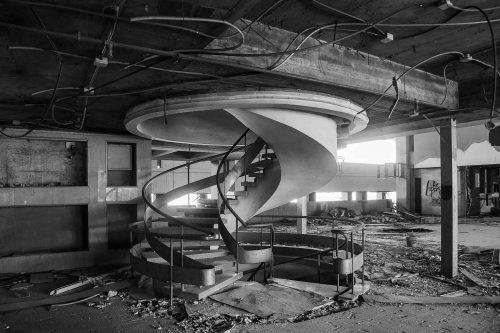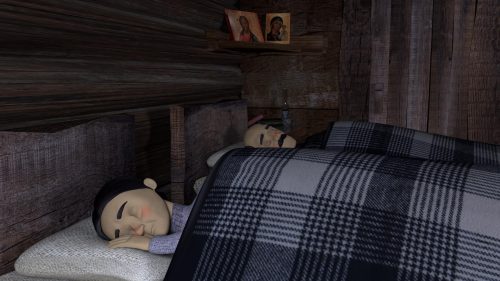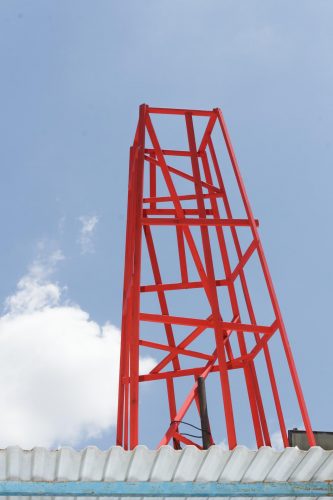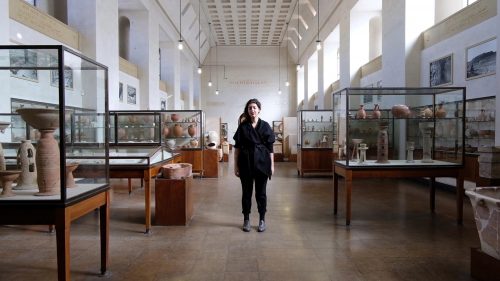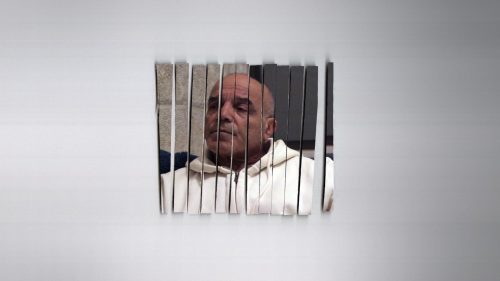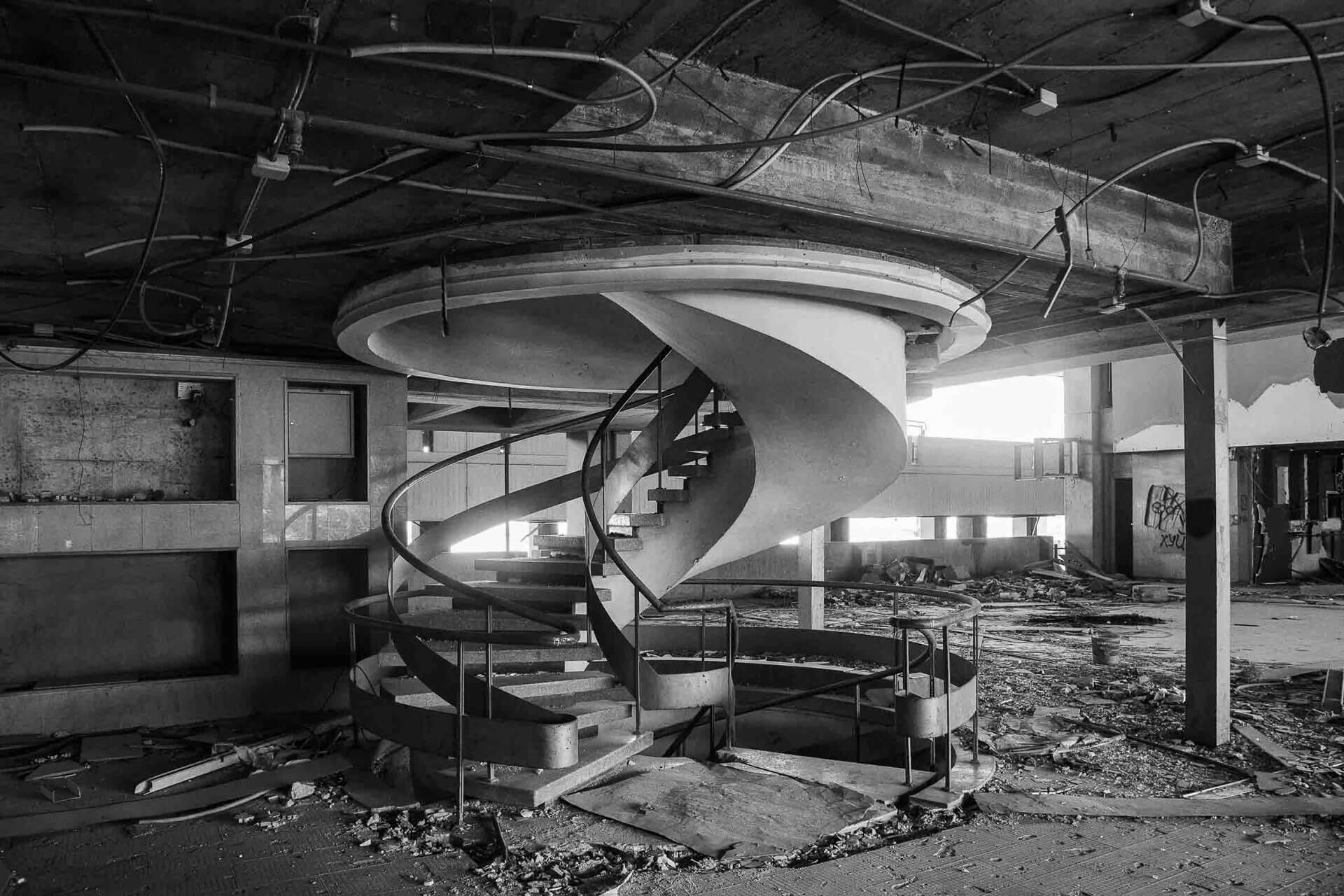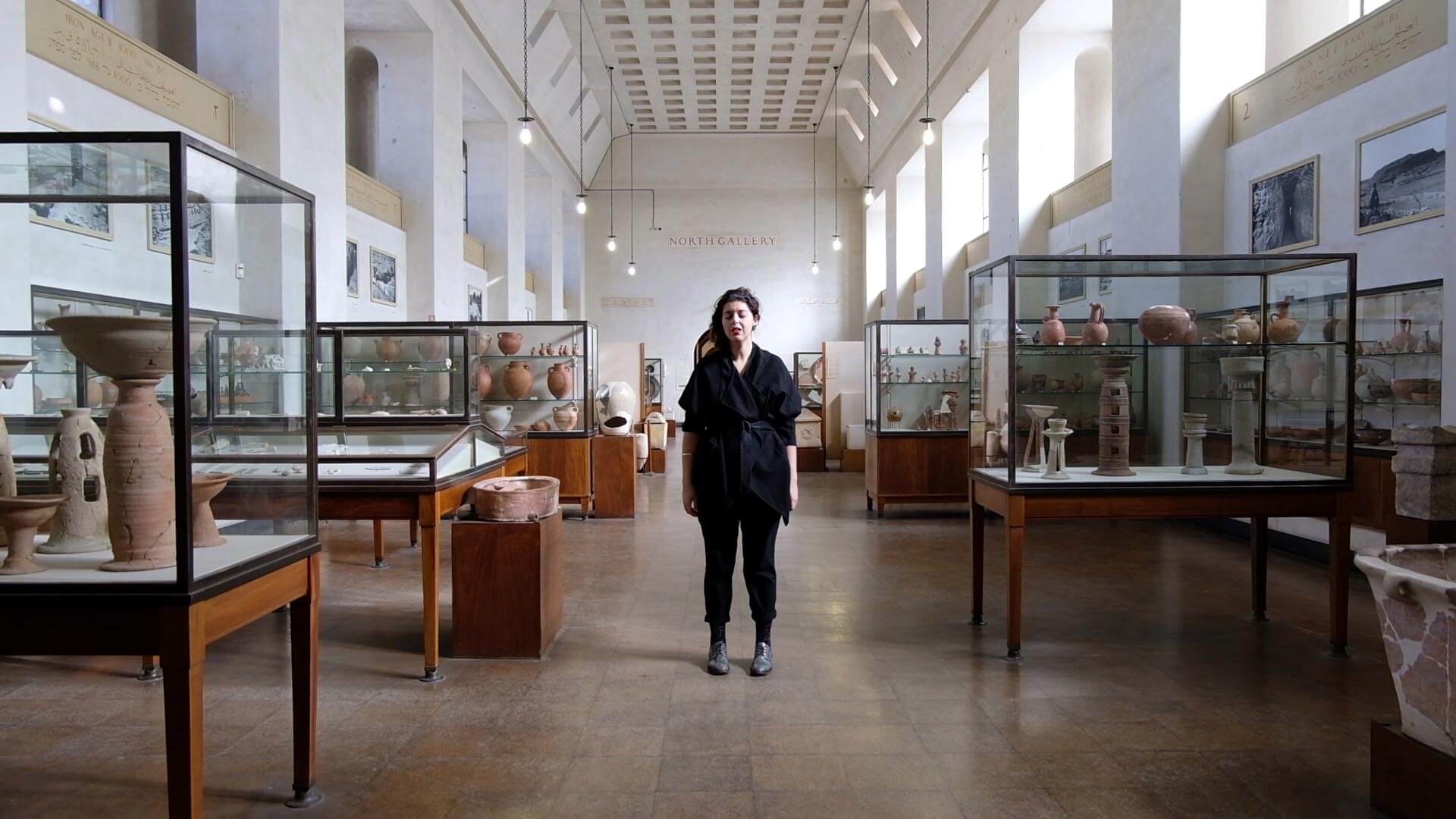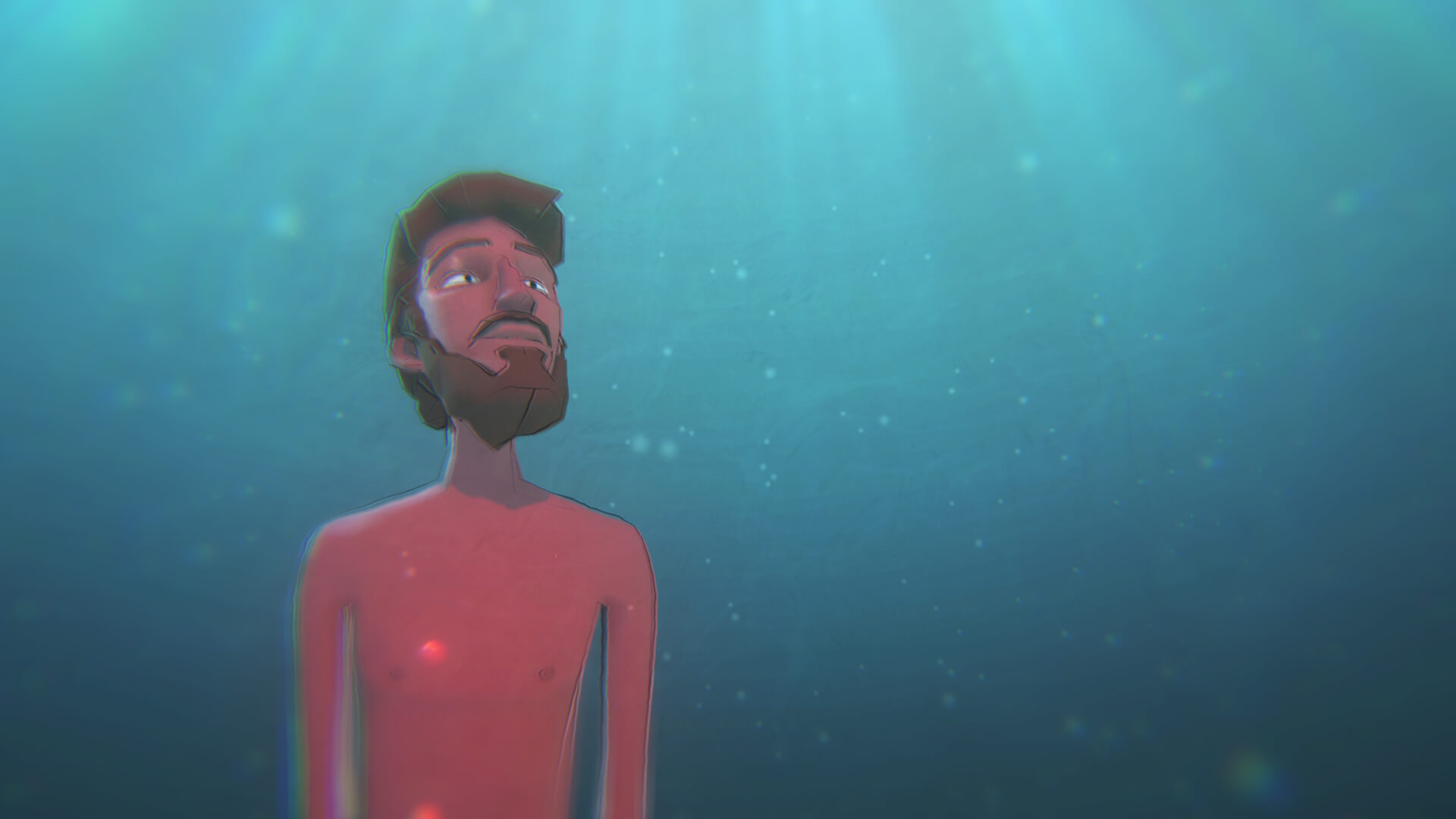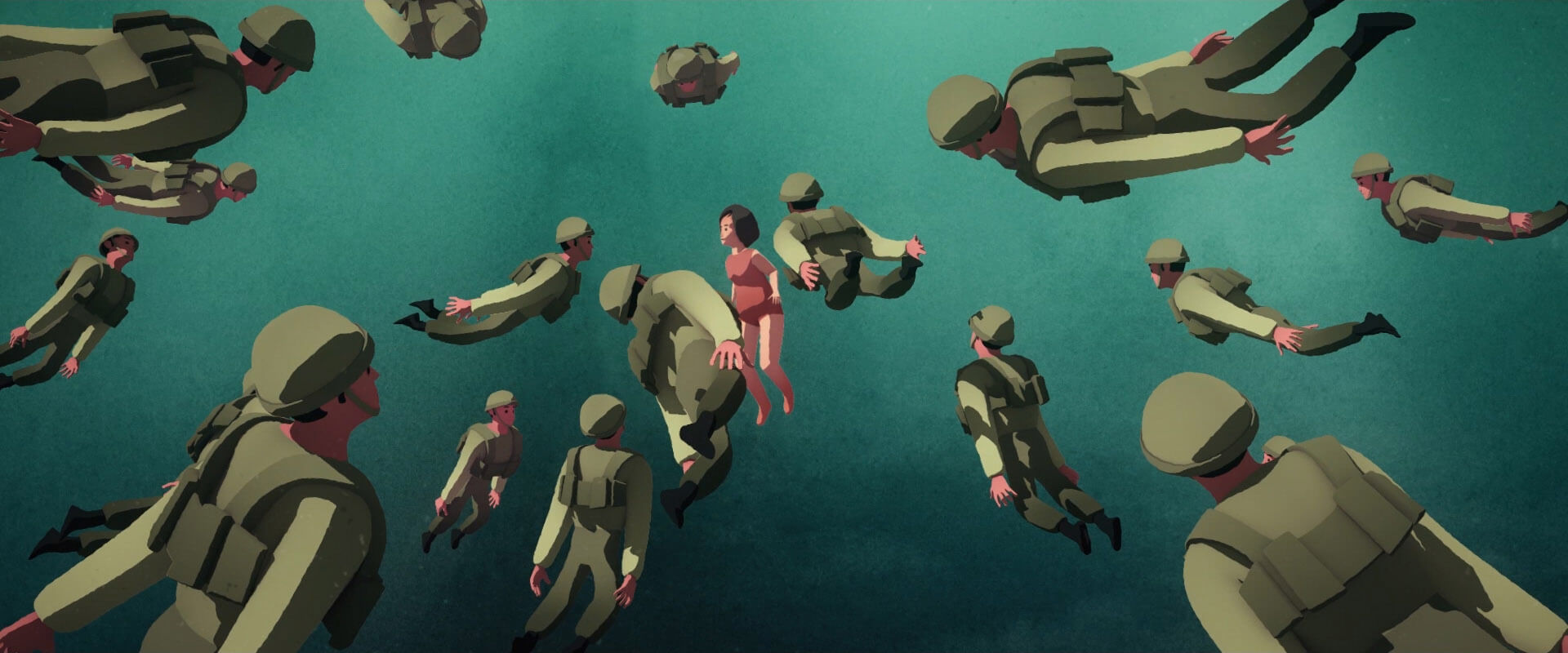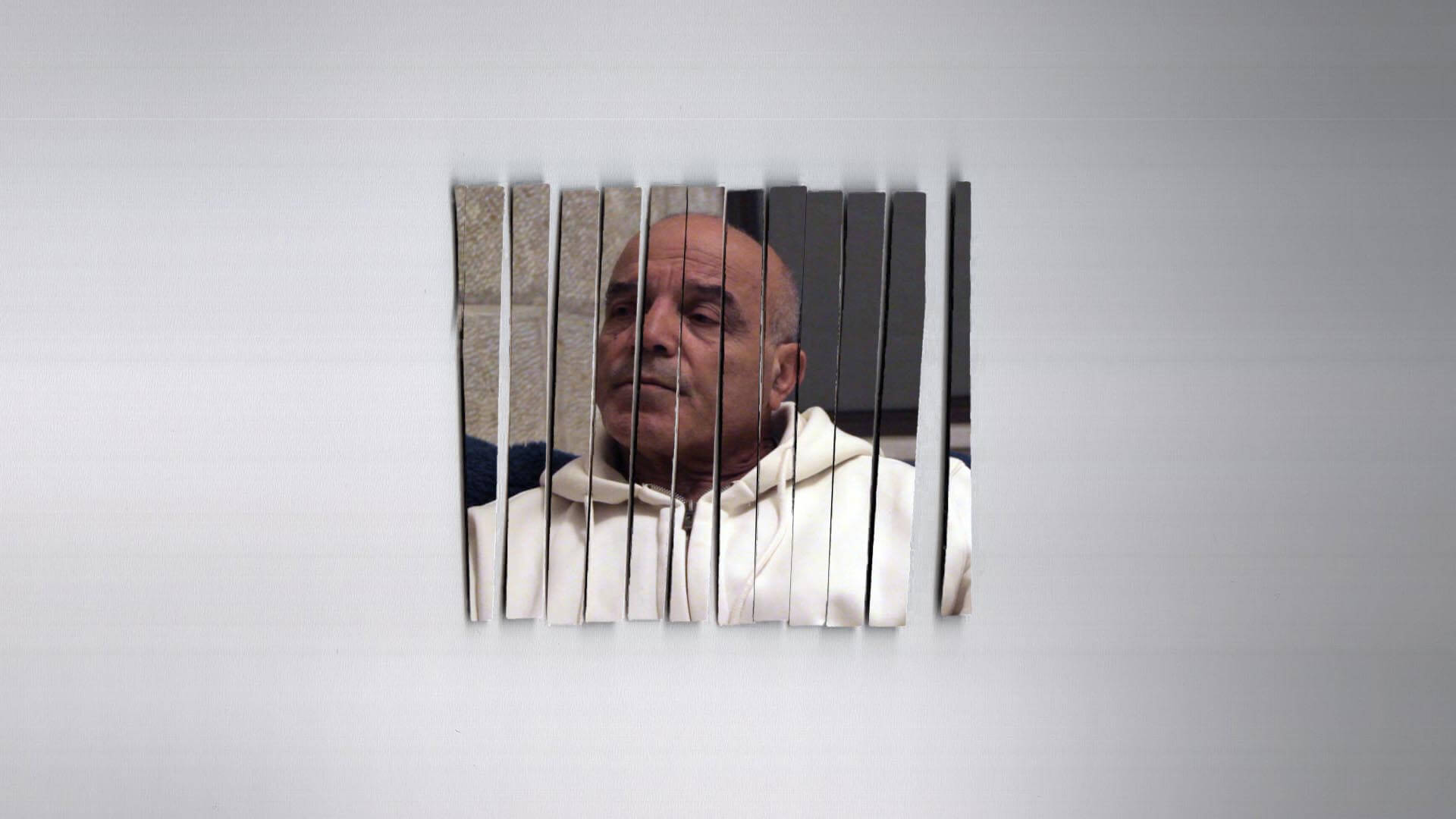“Dreams of Elsewhere” is a new group exhibition at the Edmond de Rothschild Center, presenting 17 chosen artists, graduates of art schools who presented their work in the June 2019 Graduate Exhibitions of the following Art and Design Schools: Bezalel, Shenkar, Hamidrasha, Sapir, Musrara, Wizo Haifa, Oranim and Haifa University.
The Graduate Exhibitions of students in art and design schools constitute a significant Rite of Passage, a discerned event that notes the end of their studies. In anthropological research, the central stage of a Rite of Passage is described as such that is based on liminality.
In the exhibition “Dreams of Elsewhere”, liminality is the key term, through which the works of art and their contents can be read and interpreted. The works include liminal situations that people experience in critical moments of their life. Topics that arise from the works of art emphasize the liminality of Rites of Passage, in which the individual deviates from his life routine and experiences situations of radical change and crossing of boundaries between social situations.
The anthropologist Victor Turner describes the Liminal Zone as a zone that is expropriated from the ordinary rhythm of life. it is a mid-zone, a no man’s land that is not the place from which we come but is also not the place to which we are going. To a certain extent, it is a marginal zone. Many of the works of art in the exhibition present the artist as present in the creation, through his physical image, his voice, as well as through concrete private biographic details. But as opposed to the physical and biographic concreteness, two liminal factors consistently undermine the works of art. One is the nature of locality, which appears in the creations as threshold zones, and the other is the performative perception of time that appears in some of the creations. Liminal situations are charged situations that are comprised, among other things, from performative events that take place in time units that exceed the general flow of events and its customary rules. The performative perception of time that is presented in most of the creations is fragmented, anomalous and unconnected to a complete biographic sequence. In place of the linearity that characterizes biographic narratives, most of the works of art are accompanied by an exposed emotional voice and rare emotional intensity.
The emotional intensity that exists in these creations brings back the uniqueness, the one-time nature of a work of art, which has seemingly become lost following the technological reproduction. The emotion that underlies some of the creations enables the observer to identify with the presented rites of passage, and to experience emotional decision points that include loss, sadness, lies, isolation and detachment.
Observation of the video art, animation films, documentary films and loop monitor photography expose the viewer to a diversity of liminal situations, while the time perception that is intensified in the loop works emphasizes and reinforces the liminal situation – a person in a liminal situation is neither here nor there, he is outside of time, as he is outside of place. At the same time, the works are not only a description of the liminal place; they don’t focus on the marginality itself or on the very existence of the threshold as a tactic of visual culture, but rather on the understanding that standing on the threshold enables a wide range of emotional situations ranging between situations of hesitance and indeterminacy and a clear and powerful emotional voice. The works of art do in fact reflect “dreams of elsewhere”, of a place that enables challenging of boundaries, the law system and social structures, but it also reminds the viewer that the role of this undermining is not the undermining itself, but rather an emotional-based standing on the threshold.

